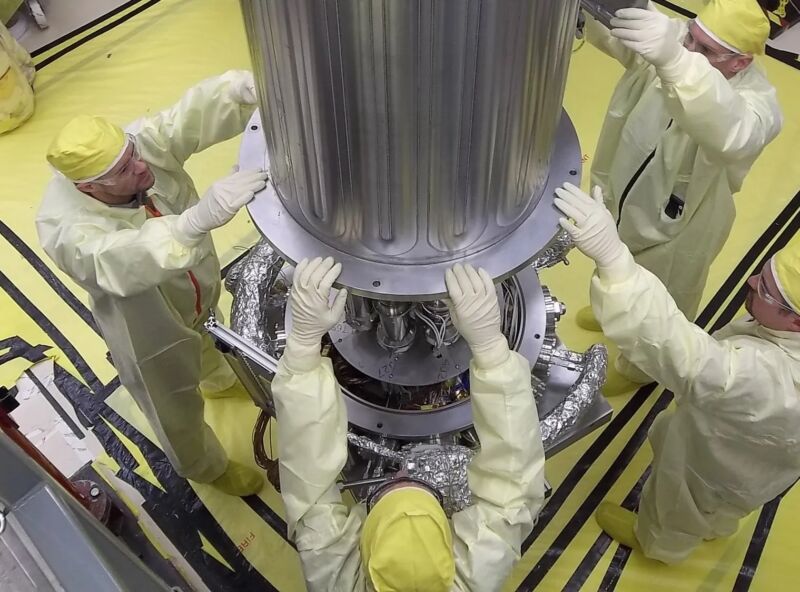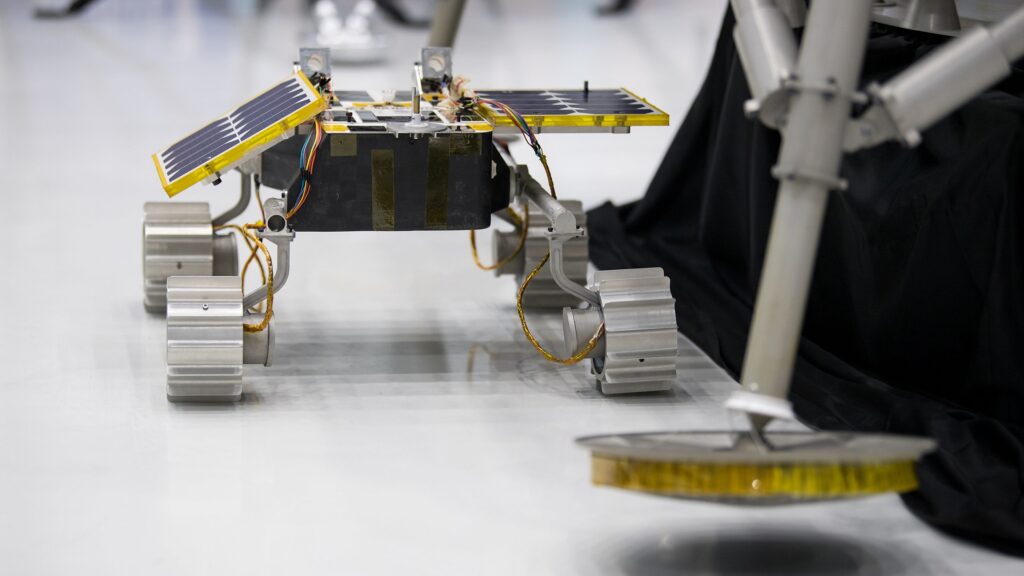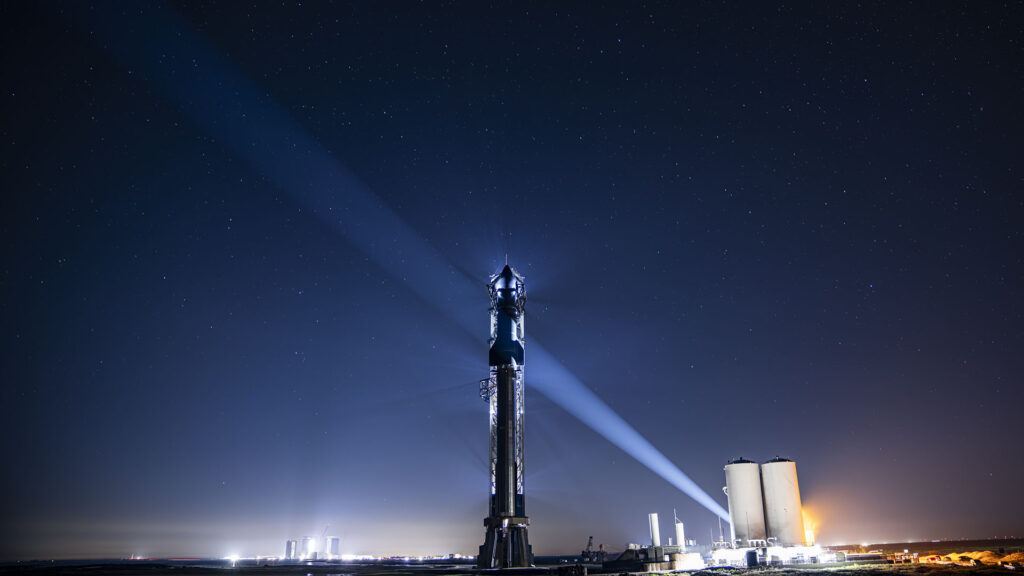-
 chevron_right
chevron_right
NASA lays out how SpaceX will refuel Starships in low-Earth orbit
news.movim.eu / ArsTechnica · 2 days ago - 00:19

Enlarge / Artist's illustration of two Starships docked belly-to-belly in orbit. (credit: SpaceX)
Some time next year, NASA believes SpaceX will be ready to link two Starships in orbit for an ambitious refueling demonstration, a technical feat that will put the Moon within reach.
SpaceX is under contract with NASA to supply two human-rated Starships for the first two astronaut landings on the Moon through the agency's Artemis program, which aims to return people to the lunar surface for the first time since 1972. The first of these landings, on NASA's Artemis III mission, is currently targeted for 2026, although this is widely viewed as an ambitious schedule.
Last year, NASA awarded a contract to Blue Origin to develop its own human-rated Blue Moon lunar lander, giving Artemis managers two options for follow-on missions.










